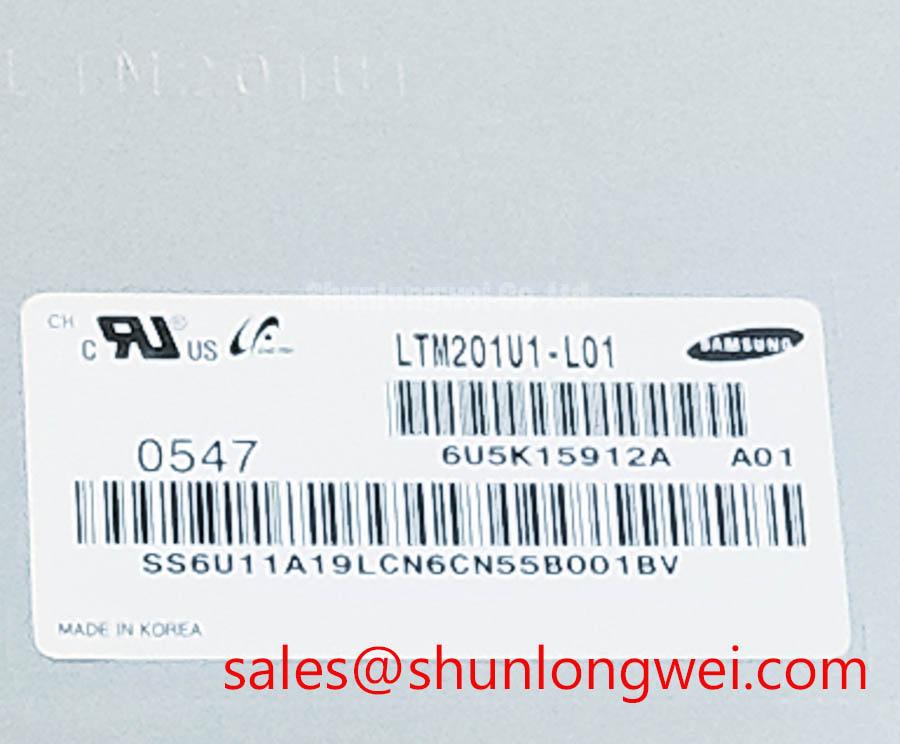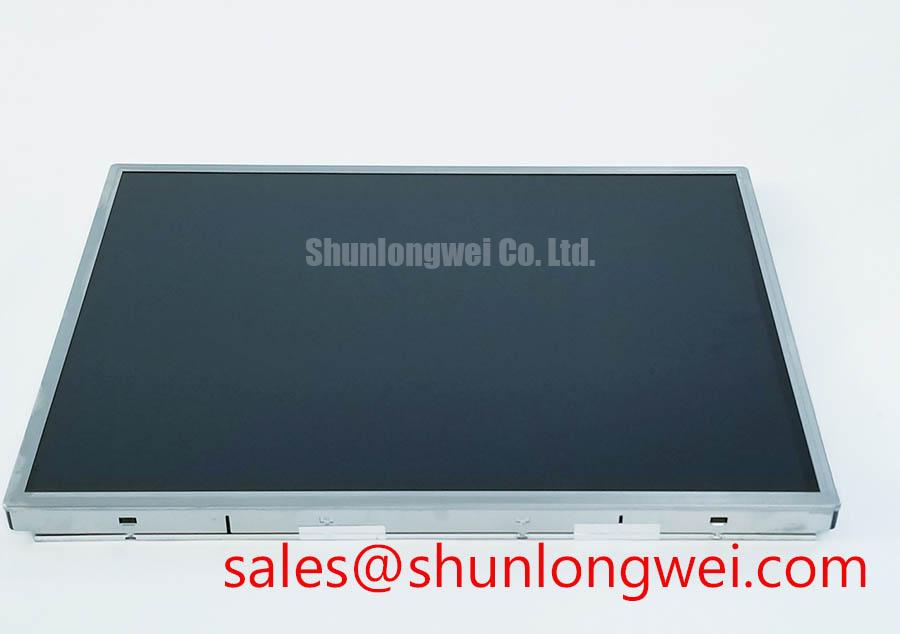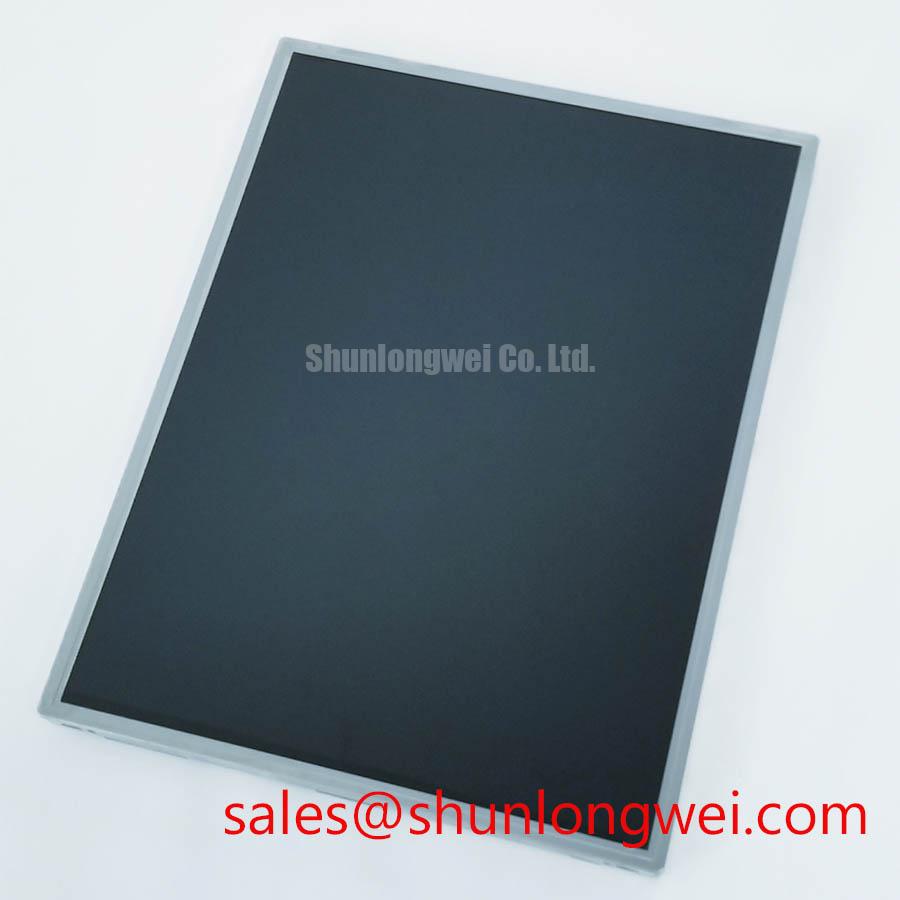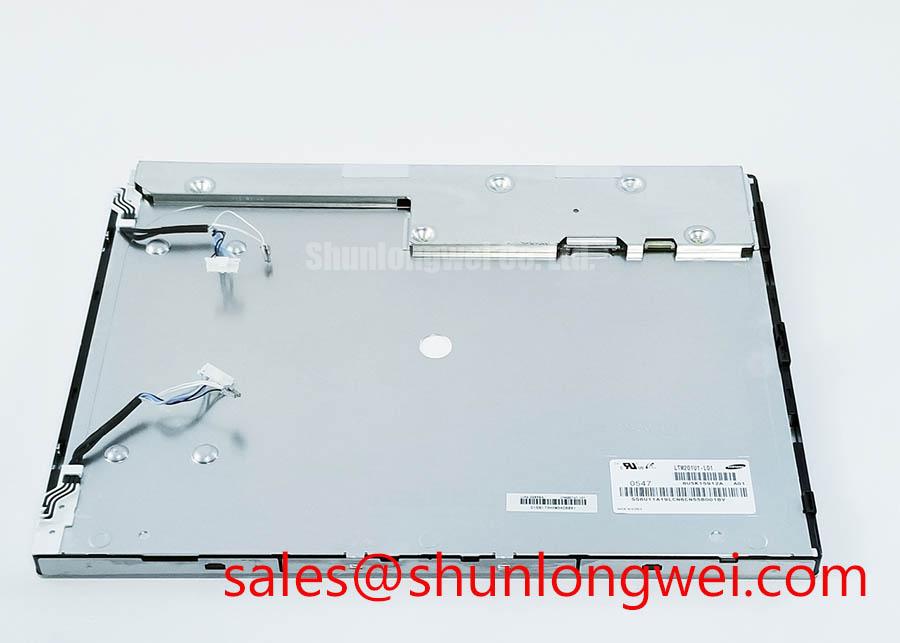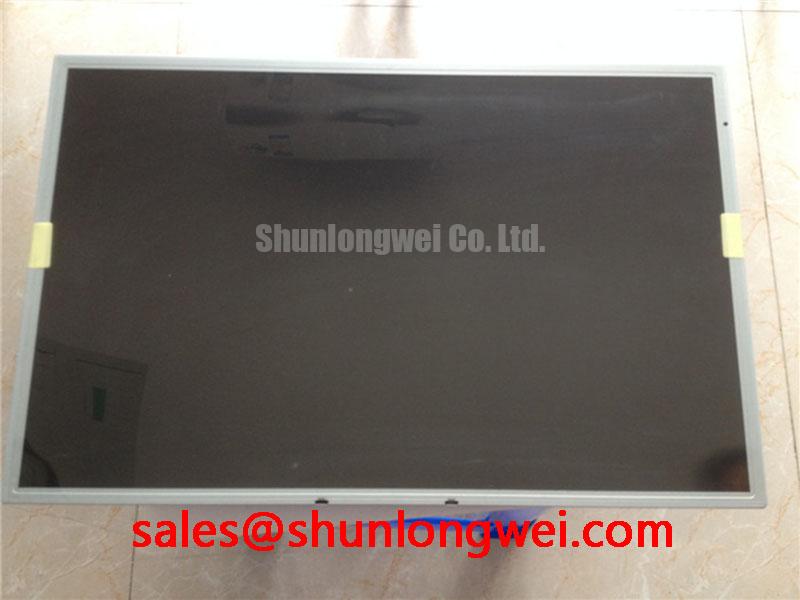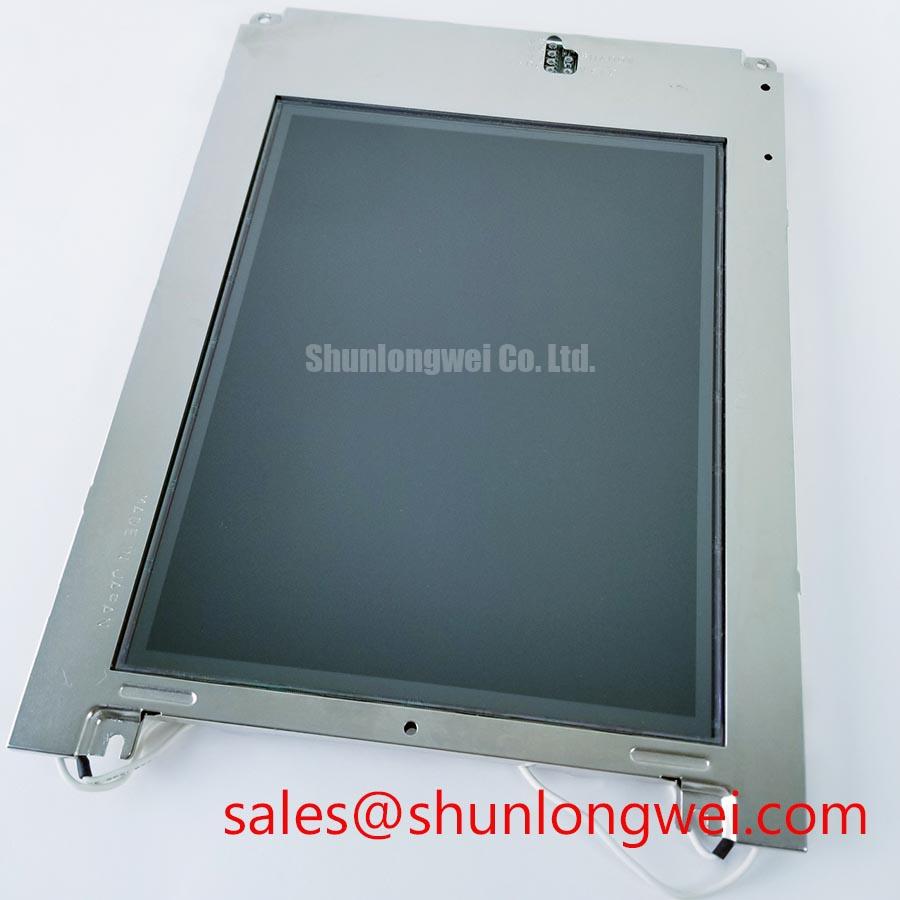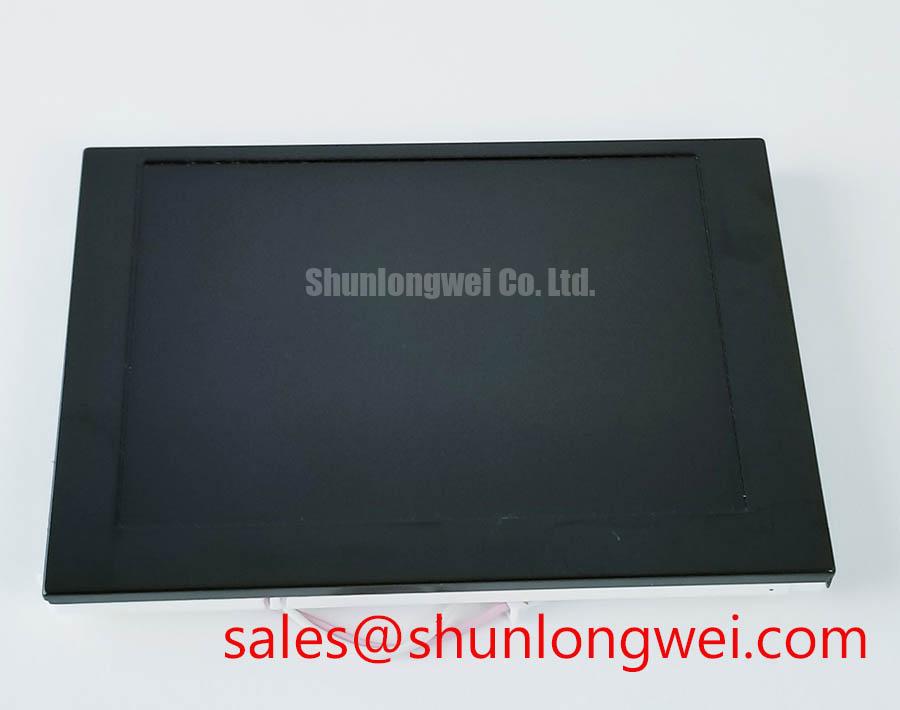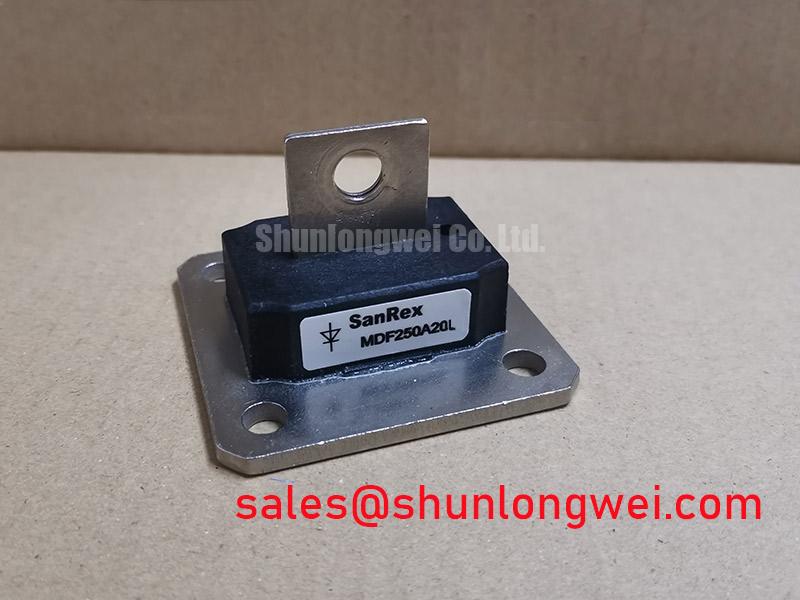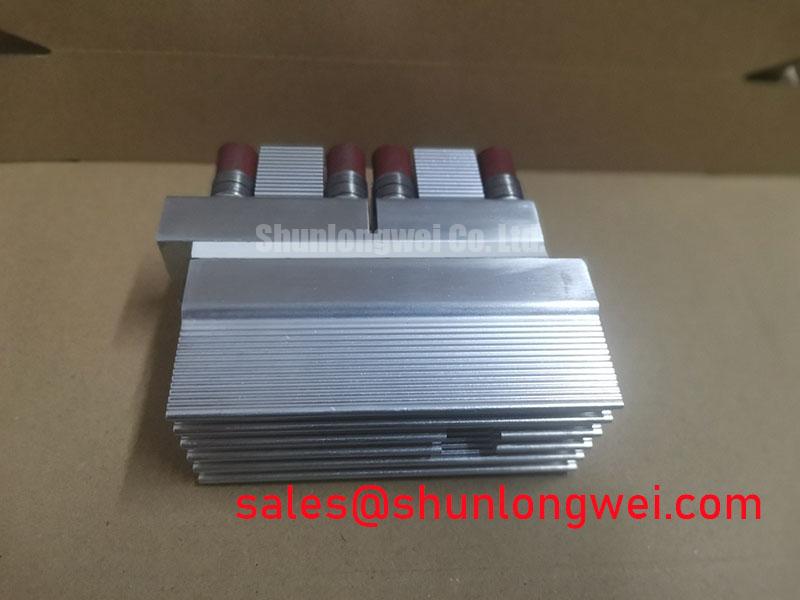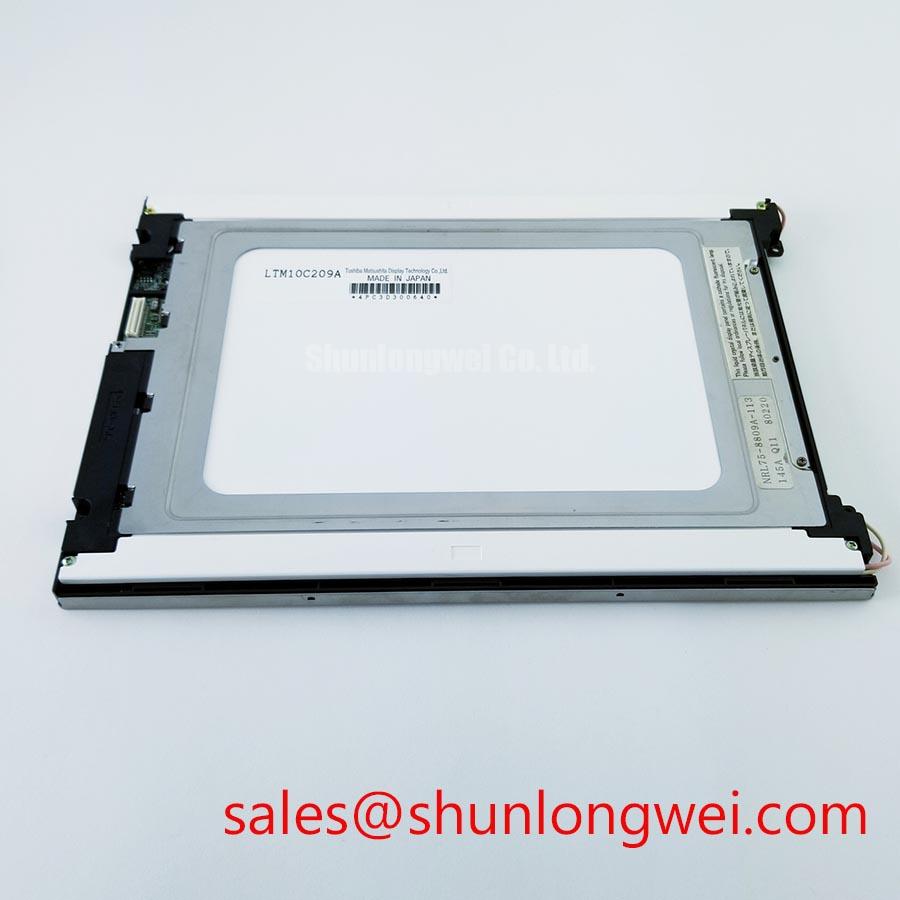Samsung LTM201U1-L01: A Deep Dive into the 20.1-inch UXGA TFT-LCD Display
Content last revised on October 13, 2025.
Introduction and Feature Overview
Engineered for High-Clarity System Integration
The Samsung LTM201U1-L01 is a 20.1-inch UXGA display engineered for seamless system integration, offering high-resolution clarity and a standard LVDS interface to accelerate the development of professional-grade monitoring and control systems. It delivers a robust set of specifications including a native 1600x1200 UXGA resolution, a typical 700:1 contrast ratio, and a dual-channel LVDS interface. This combination provides two primary engineering benefits: accelerated development cycles and superior data clarity. For designers working with legacy systems or applications demanding a traditional 4:3 aspect ratio, this panel provides a high-performance solution without requiring extensive interface redesign. Best suited for legacy medical or industrial systems requiring a high-density 4:3 UXGA display with straightforward LVDS integration.
Key Parameter Overview
Decoding Specifications for Application-Specific Performance
The performance of the LTM201U1-L01 is defined by a specific set of optical and electrical parameters. Understanding these values is critical for assessing its fit within a target application, from medical diagnostic workstations to industrial process control.
| Parameter | Specification | Engineering Value & Interpretation |
|---|---|---|
| Screen Size | 20.1 inches (diagonal) | Provides a large, immersive viewing area suitable for displaying complex datasets or multiple information windows without clutter. |
| Resolution | 1600 x 1200 (UXGA) | Delivers high pixel density (99.3 PPI), enabling sharp, detailed imagery and crisp text, which is critical for accurate analysis in diagnostic or monitoring tasks. |
| Display Technology | a-Si TFT-LCD, Normally White | Utilizes a proven, reliable amorphous silicon TFT-LCD technology known for its stability and consistent performance over the product's operational life. |
| Brightness | 300 cd/m² (Typical) | Offers sufficient luminance for typical indoor environments such as control rooms or laboratories, ensuring readability under standard lighting conditions. |
| Contrast Ratio | 700:1 (Typical) | A high contrast ratio ensures deep blacks and bright whites, enhancing image depth and making it easier to distinguish subtle variations in color and grayscale. |
| Viewing Angle | ±85° Horizontal, ±85° Vertical | Wide viewing angles ensure consistent image quality and color fidelity even when viewed from off-center, a key requirement for collaborative workspaces or public information displays. |
| Interface | Dual Channel LVDS | This standardized interface simplifies electrical integration, offers superior noise immunity, and supports the high data rate required for UXGA resolution. |
| Power Consumption | 26.1W (Typical, Panel Only) | Provides a clear baseline for thermal management calculations, allowing engineers to design appropriate cooling and power delivery systems. |
Download the LTM201U1-L01 datasheet for detailed specifications and performance curves.
Application Scenarios & Value
System-Level Benefits in High-Information-Density Environments
The LTM201U1-L01 is an optimal choice for applications where displaying dense, detailed information is paramount. Its feature set addresses specific engineering challenges in professional-grade equipment design. Consider the use case of a medical diagnostic imaging workstation. In this scenario, radiologists must analyze grayscale images like X-rays or CT scans where subtle differences in shade can indicate critical pathologies. The LTM201U1-L01's 1600x1200 UXGA resolution provides the necessary pixel real estate to view these images at or near their native resolution, minimizing the need for interpolation that could obscure fine details. Furthermore, its 700:1 contrast ratio is directly linked to the ability to discern a wider range of gray levels, a capability essential for accurate diagnosis. The panel's stable performance and standardized interface make it a reliable component for these high-stakes systems, simplifying both initial design and long-term field maintenance. What is the benefit of its high pixel density? Sharper, clearer images for more accurate data interpretation.
Technical Deep Dive
A Closer Look at the Dual-Channel LVDS Interface
A key enabler of the LTM201U1-L01's performance is its dual-channel Low-Voltage Differential Signaling (LVDS Interface). Unlike older single-ended parallel interfaces (like TTL), LVDS uses pairs of wires to transmit signals differentially. This design choice provides two significant system integration advantages. First, it offers excellent common-mode noise rejection. Think of it like a pair of noise-canceling headphones for your data; external electrical noise tends to affect both wires in a pair equally, and the receiver can easily filter it out. This results in a cleaner, more reliable signal, which is critical in electrically noisy industrial or medical environments. Second, LVDS supports much higher data rates over longer cable distances with fewer conductors. For a UXGA panel, this means a system designer can place the display further from the host controller without needing bulky, expensive shielded cables, offering greater flexibility in the mechanical layout of the final product.
Industry Insights & Strategic Advantage
The Enduring Role of 4:3 Displays in Professional Systems
While the consumer market has overwhelmingly adopted widescreen formats, the 4:3 aspect ratio of the LTM201U1-L01 retains a strategic advantage in several professional sectors. Many high-value systems in fields like air traffic control, medical imaging (DICOM), and industrial automation were designed around software GUIs optimized for a 4:3 screen. Upgrading or replacing these systems often involves prohibitive costs in software redevelopment and re-certification. The LTM201U1-L01 serves as a vital component for the manufacturing and long-term sustainment of this equipment. By providing a high-resolution, high-quality panel in a legacy format, it enables manufacturers to extend the life of proven platforms and offers a direct replacement path for field service, ensuring operational continuity. This highlights a key principle in industrial component selection: longevity and compatibility often provide greater total cost of ownership benefits than simply adopting the latest consumer trend. The focus on proven standards is a core reason why industrial displays differ from consumer models.
Frequently Asked Questions (FAQ)
Technical Inquiries for Design Engineers
What are the key benefits of the dual-channel LVDS interface on the LTM201U1-L01?
The dual-channel LVDS interface provides high bandwidth to support the native 1600x1200 resolution at a 60Hz refresh rate. Its differential signaling offers superior immunity to electromagnetic interference (EMI) and allows for longer cable runs between the display and the controller board, simplifying system layout.
Is the 4:3 aspect ratio of the LTM201U1-L01 suitable for modern HMI applications?
For many specialized applications, yes. It is ideal for retrofitting or upgrading legacy systems originally designed for 4:3 displays, such as in industrial control, avionics, and medical equipment. This avoids costly software GUI redesign and operator retraining associated with migrating to widescreen formats.
How does the 700:1 contrast ratio impact usability in an industrial control room?
A 700:1 contrast ratio ensures that text, graphical elements, and alarm indicators are sharp and clearly distinguishable from their background. This enhances readability under variable ambient lighting, reducing operator fatigue and the potential for misinterpretation of critical process data.
What type of backlight driver is required for the LTM201U1-L01's CCFL backlight?
The panel utilizes four Cold Cathode Fluorescent Lamps (CCFLs) for its backlight system. It requires an external inverter board that can supply the high initial strike voltage and maintain the subsequent stable operating current necessary to power these lamps.
With a 1600x1200 resolution on a 20.1" screen, what is the pixel density and why is it significant?
The LTM201U1-L01 has a pixel density of approximately 99.3 pixels per inch (PPI). This density is significant because it strikes a balance between displaying fine detail without requiring significant UI scaling, making it well-suited for applications where both complex graphics and readable text must be presented clearly.
From an Engineer's Perspective
The LTM201U1-L01 is a component that solves a specific, enduring set of problems. It’s not about chasing the latest trend; it's about providing a stable, high-quality foundation for systems that require long-term reliability and compatibility. When your design constraints are dictated by existing software infrastructure or the precise information needs of a professional user, having access to a high-resolution panel in a classic 4:3 format is a significant design advantage. This display provides the known quantities—a standard interface, predictable performance, and detailed specifications—that allow you to focus engineering resources on the core functionality of your system rather than on display integration challenges.


